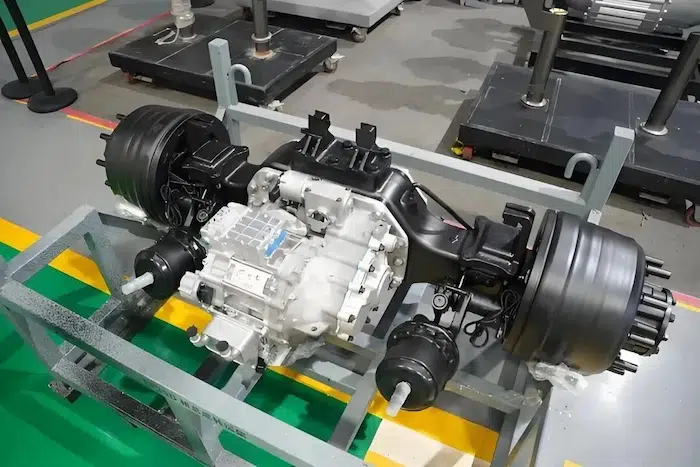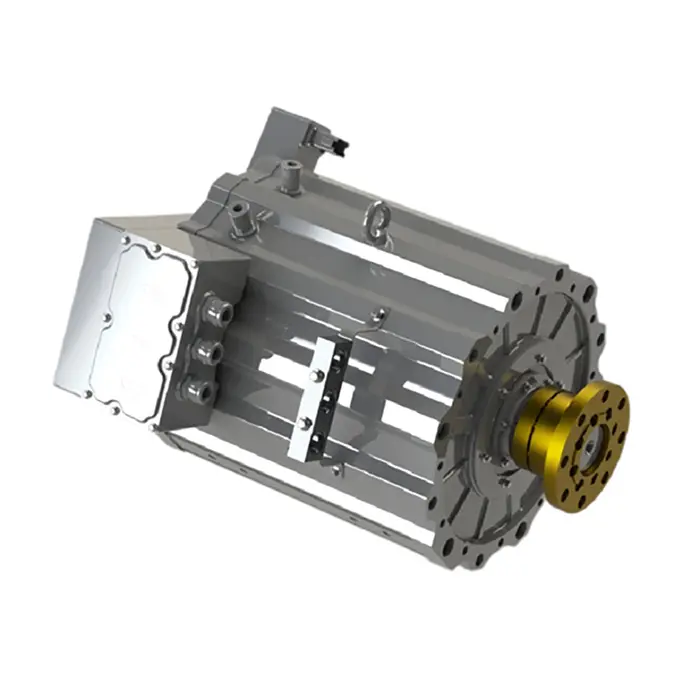Electric Vehicle Engine
How Electric Vehicle Engines Differ from Internal Combustion Engines
Electric vehicle (EV) engines operate on a fundamentally different principle compared to internal combustion engines (ICEs). Instead of burning fossil fuels to produce mechanical energy, EV engines convert stored electrical energy from the battery into rotational motion through electromagnetic fields. This shift eliminates the complex network of fuel delivery systems, exhaust manifolds, and multiple moving parts inherent in ICEs, replacing them with an efficient, direct powertrain.
EV engines deliver instant torque, meaning maximum pulling power is available from a standstill, unlike ICEs which need to build up RPM before reaching peak torque. They also operate with significantly fewer mechanical losses, as there is no clutch, gearbox (in most cases), or extensive lubrication system. In addition, EV engines produce zero tailpipe emissions, operate more quietly, and require less routine maintenance due to the absence of oil changes, timing belts, and exhaust systems.
description2
Core Components of an Electric Vehicle Engine and Their Functions
An electric vehicle’s powertrain is built around several key components that work in harmony to deliver smooth, efficient performance:
-
Electric Motor (Traction Motor)
The heart of the EV engine, responsible for converting electrical energy into mechanical motion. Common types include permanent magnet synchronous motors (PMSM), induction motors, and direct drive configurations for high efficiency. -
AC Inverter Drive
Converts direct current (DC) from the battery into alternating current (AC) to power the motor, while precisely controlling speed, torque, and direction. Advanced inverters also manage regenerative braking energy recovery. -
Controller (Vehicle Control Unit / Motor Controller)
The digital brain of the EV engine system. It processes driver inputs, battery management data, and real-time performance metrics to regulate motor operation and optimize efficiency. -
Cooling System
Maintains optimal operating temperatures for the motor, inverter, and controller, ensuring consistent performance and preventing overheating under heavy loads. -
Regenerative Braking System
Integrated into the motor control, it recaptures kinetic energy during deceleration and converts it back into stored electrical energy in the battery.
description2
Efficiency and Performance Benefits of Modern EV Engines
Modern EV engines are engineered for maximum energy efficiency and performance stability, achieving conversion rates of over 90% from electrical energy to wheel power—far surpassing the ~30–40% efficiency of most ICEs. This efficiency translates directly into longer driving ranges per charge and lower energy costs per mile.
Performance advantages include:
-
Instantaneous Acceleration – Electric motors deliver peak torque from zero RPM, resulting in rapid, smooth acceleration without gear shifts.
-
High Power Density – Advanced motor designs provide strong output in a compact, lightweight package, improving vehicle handling and range.
-
Regenerative Energy Recovery – Capturing braking energy reduces battery drain and extends overall driving range.
-
Consistent Performance – Unlike ICEs, which lose efficiency at different RPM ranges, EV engines maintain high efficiency across a wide speed spectrum.
-
Reduced Maintenance – With fewer moving parts, no oil changes, and no exhaust systems, EV engines lower lifetime operating costs.
In essence, the evolution from combustion to electric propulsion is not just a change in energy source—it represents a complete rethinking of automotive performance, efficiency, and sustainability.
description2
Blog

Light Truck Electric Drive Axle: The Core Power System for New Energy Logistics











